Home>Gardening & Outdoor>Landscaping Ideas>Why Are Mushrooms Growing In My Garden Bed
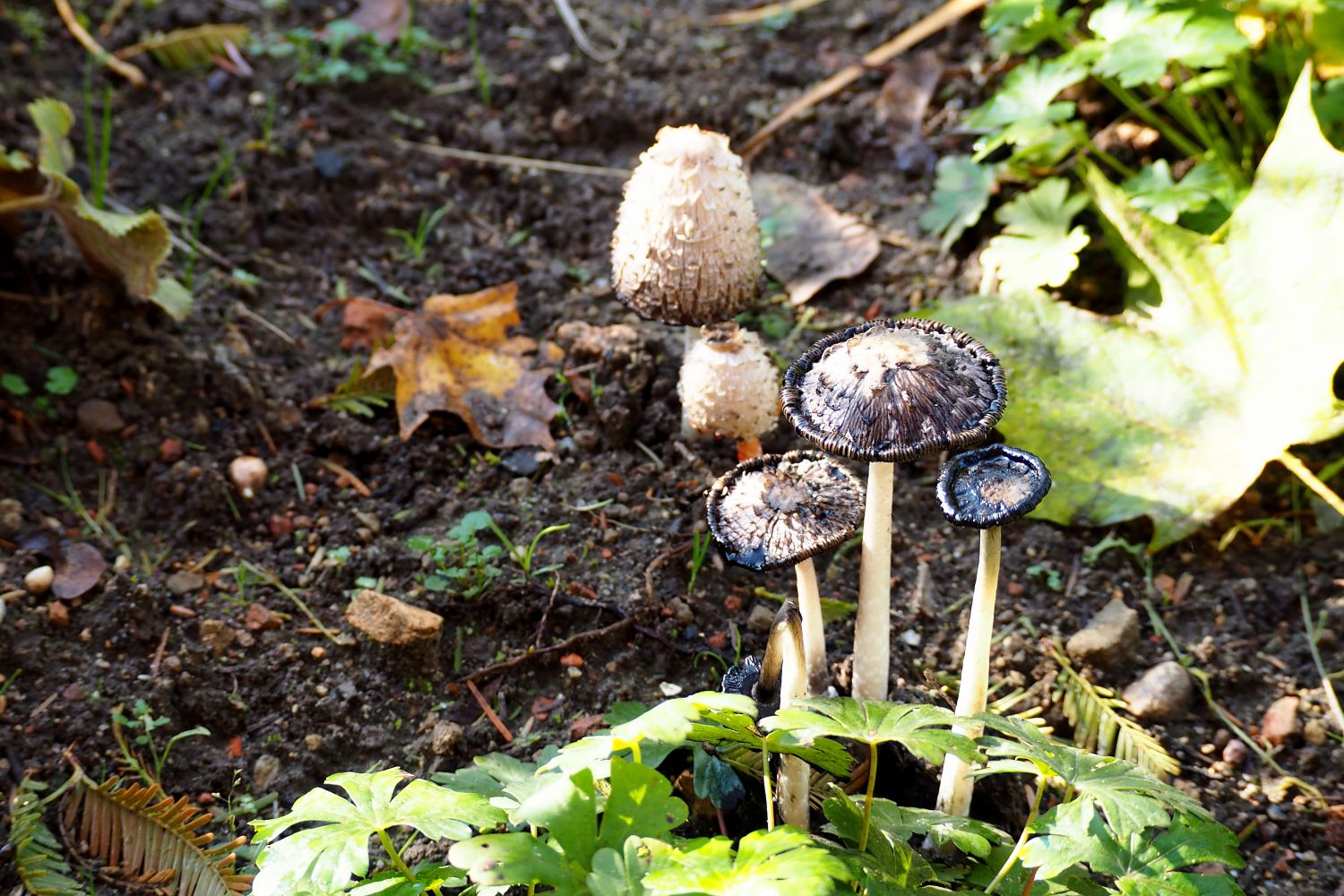

Landscaping Ideas
Why Are Mushrooms Growing In My Garden Bed
Modified: February 29, 2024
Discover effective landscaping ideas to prevent mushrooms from growing in your garden bed. Learn how to maintain a healthy and fungus-free outdoor space.
(Many of the links in this article redirect to a specific reviewed product. Your purchase of these products through affiliate links helps to generate commission for Storables.com, at no extra cost. Learn more)
Introduction
Gardening is a rewarding and therapeutic activity that allows individuals to cultivate beautiful landscapes and grow their own fresh produce. However, it can be quite surprising and even concerning to discover mushrooms sprouting in your carefully tended garden beds. While some may find the sight of these fungi enchanting, others may worry about their potential impact on the garden's health and aesthetics.
The presence of mushrooms in garden beds can raise several questions and uncertainties for gardeners. What causes mushrooms to grow in garden beds? Are they harmful to plants, pets, or humans? How can their growth be managed or prevented? These are common queries that often arise when encountering unexpected mushrooms in the garden.
In this article, we will delve into the fascinating world of garden bed mushrooms, exploring the conditions that foster their growth, the different types that may appear, and the potential risks and benefits associated with their presence. Furthermore, we will provide valuable insights into managing and preventing mushroom growth in garden beds, empowering gardeners with the knowledge to maintain a healthy and thriving outdoor space.
Join us on this exploration as we unravel the mysteries of mushrooms in garden beds and equip you with the understanding and strategies needed to navigate this natural occurrence in your gardening endeavors.
Key Takeaways:
- Mushrooms in garden beds are caused by moisture, organic matter, shade, and temperature. They can be managed by adjusting moisture levels, using well-decomposed mulch, and enhancing air circulation.
- Some garden bed mushrooms can be harmful if eaten, but they also help decompose organic matter and promote biodiversity. Gardeners can prevent mushroom growth by selecting appropriate planting locations and fostering soil health.
Read more: Why Does Grass Grow Mushrooms
Understanding the Conditions for Mushroom Growth
Mushrooms are the visible fruiting bodies of fungi, and their appearance in garden beds is often a sign of favorable environmental conditions for fungal growth. Understanding the specific factors that contribute to mushroom proliferation can shed light on why they may emerge in garden settings.
Moisture
One of the primary requirements for mushroom growth is moisture. Fungi thrive in damp environments, and excessive moisture in garden beds can create an ideal habitat for their development. Factors such as overwatering, poor drainage, or prolonged periods of rain can contribute to increased moisture levels in the soil, providing the necessary hydration for mushroom spores to germinate and form mycelium, the fungal network that gives rise to mushrooms.
Organic Matter
The presence of organic matter in garden beds also plays a crucial role in fostering mushroom growth. Fungi are decomposers, breaking down organic materials such as dead plant debris, wood chips, or mulch. As they feed on these organic substances, they release enzymes that facilitate the decomposition process, creating a nutrient-rich environment that supports their growth. Therefore, garden beds enriched with organic materials may provide an ample food source for fungi, encouraging their proliferation.
Shade and Humidity
Shaded and humid areas within garden beds can create microclimates conducive to mushroom development. Dense foliage, structures that obstruct sunlight, or areas with limited air circulation can contribute to higher humidity levels, promoting the growth of fungi. Additionally, these shaded regions may retain moisture for longer durations, further enhancing the suitability for mushroom colonization.
Read more: Why Do Mushrooms Grow In Grass
Temperature
While mushrooms can thrive in a wide range of temperatures, certain species may favor specific temperature conditions for fruiting. In garden beds, variations in temperature, especially during transitional seasons, can create fluctuations in the soil environment, potentially influencing the timing and intensity of mushroom growth.
By comprehending the interplay of moisture, organic matter, shade, humidity, and temperature, gardeners can gain valuable insights into the conditions that facilitate mushroom growth in garden beds. Armed with this understanding, they can take proactive measures to manage these factors and mitigate the likelihood of extensive mushroom proliferation in their outdoor spaces.
Common Types of Garden Bed Mushrooms
When mushrooms unexpectedly emerge in garden beds, it's essential to identify the specific types that have taken root. Understanding the common varieties of garden bed mushrooms can provide valuable insights into their characteristics and potential impact on the garden ecosystem. Here are some prevalent types of mushrooms that gardeners may encounter:
1. White Button Mushroom (Agaricus bisporus)
The white button mushroom, often found in commercial cultivation, can also appear in garden beds. Recognizable by its creamy white cap and gills, this mushroom is a popular culinary ingredient. While its presence in garden beds may be surprising, it generally poses minimal risk to plants and can contribute to the natural decomposition of organic matter.
2. Cremini Mushroom (Agaricus bisporus)
Similar to the white button mushroom, the cremini mushroom is a darker variation with a firmer texture and deeper flavor. It may also manifest in garden beds, particularly in areas with rich organic content. While its appearance may raise questions, it typically indicates a healthy decomposition process and does not pose significant threats to garden plants.
Read more: Why A Raised Garden Bed
3. Shaggy Mane Mushroom (Coprinus comatus)
The shaggy mane mushroom, characterized by its distinctive shaggy cap and elongated appearance, is known for its rapid growth and ephemeral nature. Often appearing in lawns and garden beds, this mushroom species thrives in nutrient-rich environments. While its presence may be temporary, it contributes to the natural recycling of organic matter and is generally harmless to garden flora.
4. Inky Cap Mushroom (Coprinopsis atramentaria)
Also referred to as the alcohol inky, this mushroom species is recognizable for its bell-shaped cap and dark gills. In garden beds, inky cap mushrooms may emerge after periods of rain or excessive moisture. While they aid in organic material decomposition, it's important to note that consuming alcohol while ingesting these mushrooms can lead to adverse reactions, making cautious removal essential.
5. Fairy Ring Mushroom (Marasmius oreades)
Fairy ring mushrooms often form circular patterns in lawns and garden beds, creating a visually enchanting display. These petite mushrooms, with their delicate caps and slender stems, thrive in grassy areas and contribute to the breakdown of organic matter. While their presence may alter the aesthetic appeal of garden beds, they generally do not pose significant risks to plant health.
By familiarizing themselves with these common types of garden bed mushrooms, gardeners can gain a deeper understanding of the diverse fungi that may emerge in their outdoor spaces. This knowledge equips them to assess the impact of these mushrooms on their garden beds and make informed decisions regarding their management and maintenance.
Potential Risks and Benefits of Garden Bed Mushrooms
Garden bed mushrooms, while intriguing in their appearance, can evoke concerns regarding their potential impact on the garden ecosystem. Understanding the associated risks and benefits is crucial for gardeners seeking to navigate the presence of mushrooms in their outdoor spaces.
Read more: How To Prepare A Garden Bed To Grow Flowers
Risks
-
Toxic Varieties: Some garden bed mushrooms may belong to toxic or hallucinogenic species, posing a significant risk if accidentally ingested by humans or pets. Without proper identification, the consumption of these mushrooms can lead to severe health complications, emphasizing the importance of exercising caution and seeking expert guidance when encountering unfamiliar fungi in garden beds.
-
Competitive Pressure: In certain cases, prolific mushroom growth in garden beds may compete with desirable plants for nutrients and moisture, potentially impacting the overall health and vigor of the garden flora. This competitive pressure can hinder the growth of ornamental plants or cultivated crops, necessitating proactive measures to manage mushroom proliferation and maintain a balanced garden ecosystem.
-
Aesthetic Concerns: The presence of mushrooms in garden beds may alter the visual appeal of the landscape, especially if they emerge in prominent or meticulously maintained areas. While some individuals may appreciate the natural charm of mushrooms, others may perceive their presence as detracting from the intended aesthetic of the garden, prompting considerations for their removal or mitigation.
Benefits
-
Organic Matter Decomposition: Garden bed mushrooms play a vital role in the natural decomposition of organic materials, contributing to the recycling of nutrients and the enhancement of soil fertility. As fungi break down organic matter, they facilitate the release of essential nutrients, enriching the soil and fostering a conducive environment for plant growth. This decomposition process aligns with the principles of sustainable gardening and supports the overall health of the garden ecosystem.
-
Biodiversity and Ecological Balance: The emergence of mushrooms in garden beds signifies the presence of diverse fungal species, contributing to the biodiversity of the garden environment. Fungi play integral roles in nutrient cycling and symbiotic relationships with plant roots, promoting ecological balance and resilience within the garden ecosystem. By embracing the natural diversity facilitated by mushrooms, gardeners can cultivate a more robust and dynamic outdoor space.
-
Educational Opportunities: The discovery of mushrooms in garden beds presents valuable educational opportunities for gardeners and enthusiasts. By learning to identify different mushroom species, understanding their ecological functions, and exploring their cultural significance, individuals can deepen their knowledge of mycology and broaden their appreciation for the intricate interactions occurring within their garden beds.
By acknowledging the potential risks and benefits associated with garden bed mushrooms, gardeners can adopt informed approaches to coexisting with these natural phenomena. Through prudent management and a nuanced understanding of the ecological dynamics at play, gardeners can harness the benefits of mushrooms while mitigating potential risks, fostering a harmonious and thriving garden environment.
How to Manage and Prevent Mushroom Growth in Garden Beds
Managing and preventing mushroom growth in garden beds requires a multifaceted approach that addresses the underlying environmental factors conducive to fungal proliferation. By implementing proactive strategies and adopting mindful practices, gardeners can effectively mitigate the emergence of mushrooms while fostering a healthy and balanced garden ecosystem.
1. Adjusting Moisture Levels
Regulating moisture levels in garden beds is paramount in controlling mushroom growth. Avoid overwatering and ensure proper drainage to prevent waterlogged soil, as excessive moisture creates an ideal habitat for fungi. Monitoring irrigation practices and allowing the soil to dry out between waterings can help discourage mushroom proliferation.
Read more: How To Grow Cucumbers In A Raised Garden Bed
2. Utilizing Well-Decomposed Mulch
When applying mulch to garden beds, opt for well-decomposed materials to minimize the likelihood of mushroom colonization. Fresh or incompletely decomposed mulch provides an abundant food source for fungi, promoting their growth. Utilizing mature compost or aged mulch reduces the availability of organic matter for fungal development.
3. Enhancing Air Circulation
Improving air circulation within garden beds can deter mushroom growth by reducing humidity and promoting soil aeration. Pruning overgrown vegetation, thinning dense foliage, and strategically positioning garden structures to allow for adequate airflow can create an environment less conducive to fungal proliferation.
4. Selecting Appropriate Planting Locations
When establishing new garden beds or selecting planting locations, consider the sunlight exposure and drainage patterns of the site. Choosing well-drained areas with sufficient sunlight can discourage excessive moisture accumulation and create less favorable conditions for mushroom establishment.
5. Prompt Removal of Mushrooms
Vigilant monitoring of garden beds is essential, and promptly removing emerging mushrooms can help prevent the dispersal of spores and the perpetuation of fungal growth. Regularly inspecting the garden for mushrooms and implementing timely removal practices can limit their proliferation and minimize their impact on the garden landscape.
Read more: How To Grow Outdoor Mushrooms
6. Soil Solarization
Incorporating soil solarization techniques, especially during the preparation of new garden beds, can help reduce fungal populations in the soil. By utilizing solar heat to elevate soil temperatures and eradicate pathogens, gardeners can create an inhospitable environment for mushroom spores and mycelium.
7. Fostering Soil Health
Prioritizing soil health through the incorporation of organic amendments, balanced fertilization, and the promotion of beneficial microbial activity can contribute to a resilient and well-balanced garden ecosystem. Healthy soil supports robust plant growth and may naturally suppress the proliferation of opportunistic fungi.
By integrating these proactive measures into garden bed management practices, gardeners can effectively mitigate mushroom growth and create an environment that supports the flourishing of desired plant species while minimizing the presence of unexpected fungi. Embracing a holistic and attentive approach to garden care empowers individuals to cultivate vibrant and harmonious outdoor spaces, where the natural beauty of the landscape can thrive.
Conclusion
In conclusion, the presence of mushrooms in garden beds can be a source of intrigue, concern, and contemplation for gardeners. As we've explored the conditions conducive to mushroom growth, the common types that may emerge, and the potential risks and benefits associated with their presence, it becomes evident that mushrooms are dynamic components of the garden ecosystem. While their unexpected appearance may raise questions and considerations, it also presents an opportunity to deepen our understanding of the intricate interactions occurring within our outdoor spaces.
By recognizing the interplay of moisture, organic matter, shade, and temperature in fostering mushroom growth, gardeners can proactively manage these environmental factors to create a balanced and resilient garden environment. Embracing the diversity of garden bed mushrooms and understanding their ecological functions can enrich our gardening experiences, offering educational insights and fostering a deeper appreciation for the natural processes at play.
Furthermore, the coexistence of potential risks and benefits associated with garden bed mushrooms underscores the importance of informed and mindful garden management. By implementing strategies to regulate moisture levels, enhance air circulation, and foster soil health, gardeners can harmonize the presence of mushrooms with the overall well-being of their garden beds. This holistic approach not only mitigates potential risks but also cultivates a thriving and sustainable outdoor space where the beauty of the landscape can flourish.
In essence, the discovery of mushrooms in garden beds invites us to embrace the complexities of nature and engage in a deeper dialogue with the living organisms that contribute to the vitality of our gardens. By leveraging our understanding of mushroom growth and employing thoughtful practices, we can navigate their presence with confidence, fostering a garden environment that embodies resilience, diversity, and natural harmony.
As we continue our journey as stewards of the garden, let us embrace the enigmatic allure of mushrooms, recognizing them as integral participants in the intricate tapestry of life that unfolds within our outdoor sanctuaries. Through this lens of appreciation and understanding, we can cultivate gardens that not only thrive in beauty and abundance but also resonate with the profound rhythms of the natural world.
Frequently Asked Questions about Why Are Mushrooms Growing In My Garden Bed
Was this page helpful?
At Storables.com, we guarantee accurate and reliable information. Our content, validated by Expert Board Contributors, is crafted following stringent Editorial Policies. We're committed to providing you with well-researched, expert-backed insights for all your informational needs.

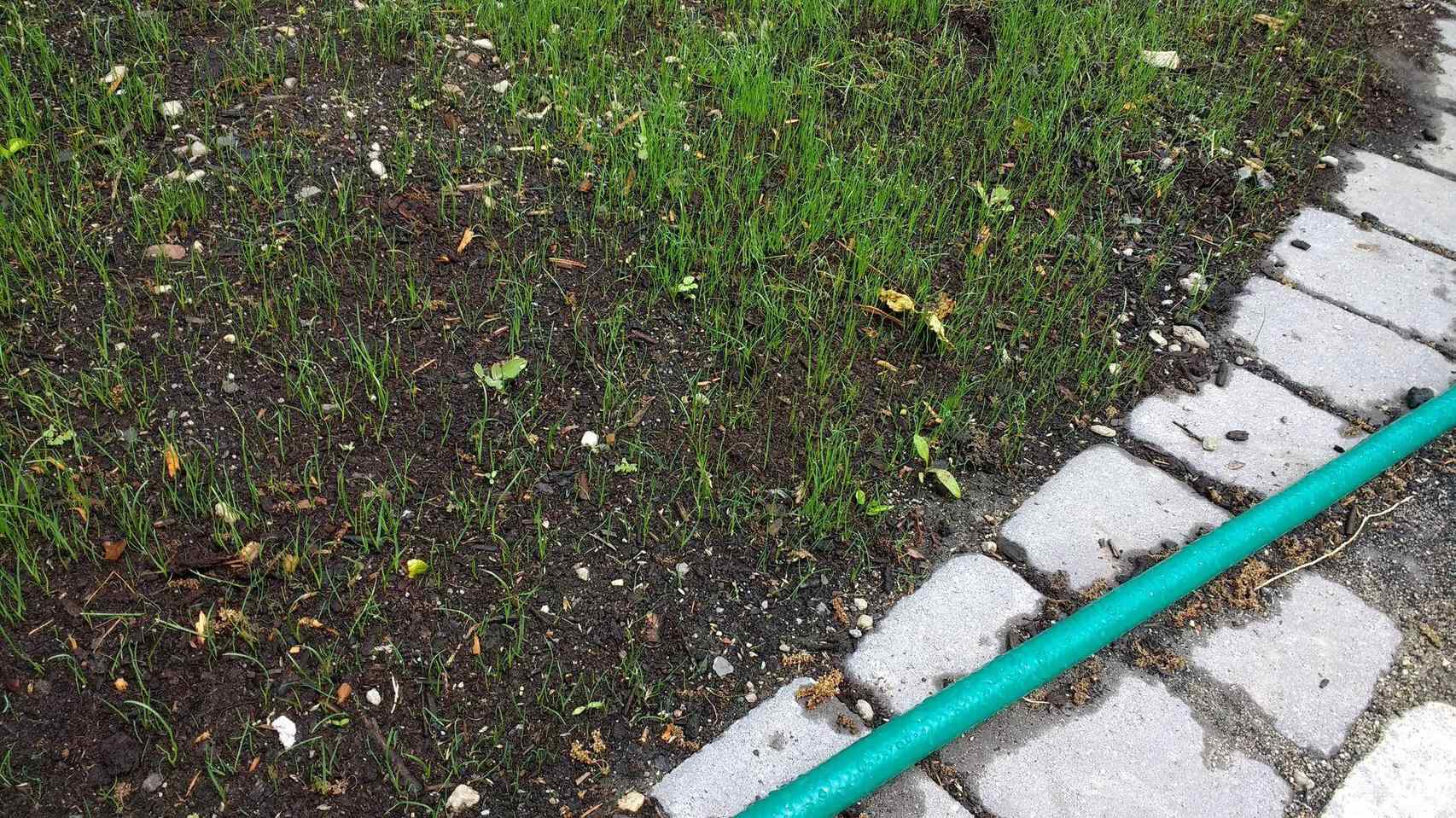

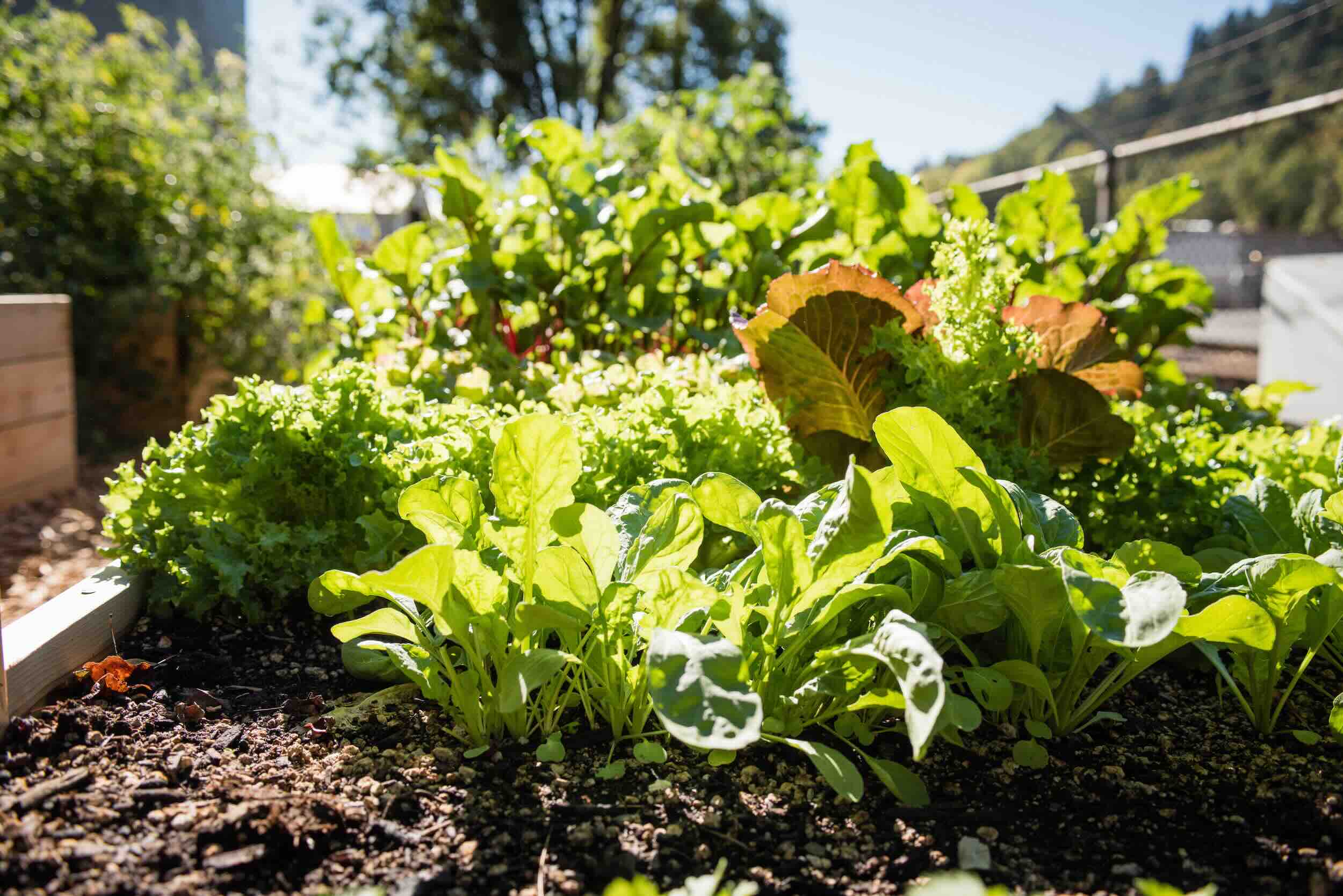
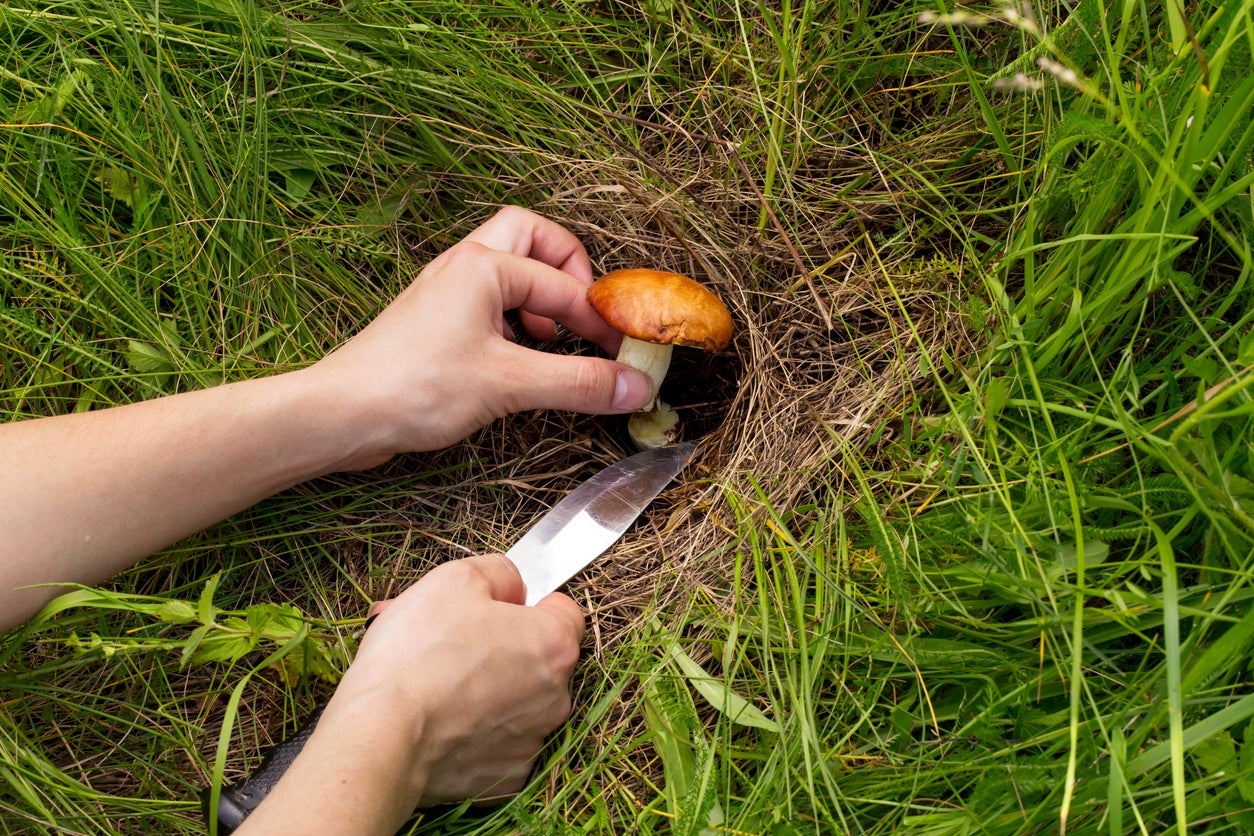



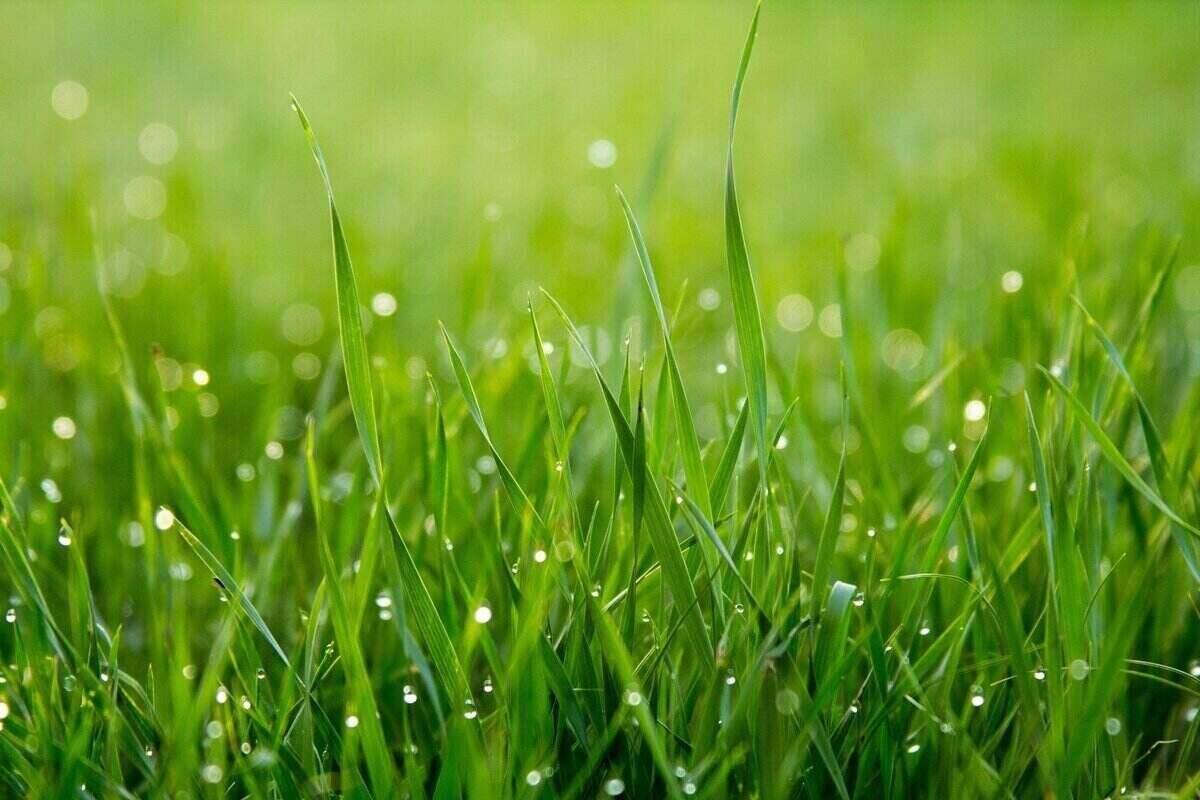


0 thoughts on “Why Are Mushrooms Growing In My Garden Bed”